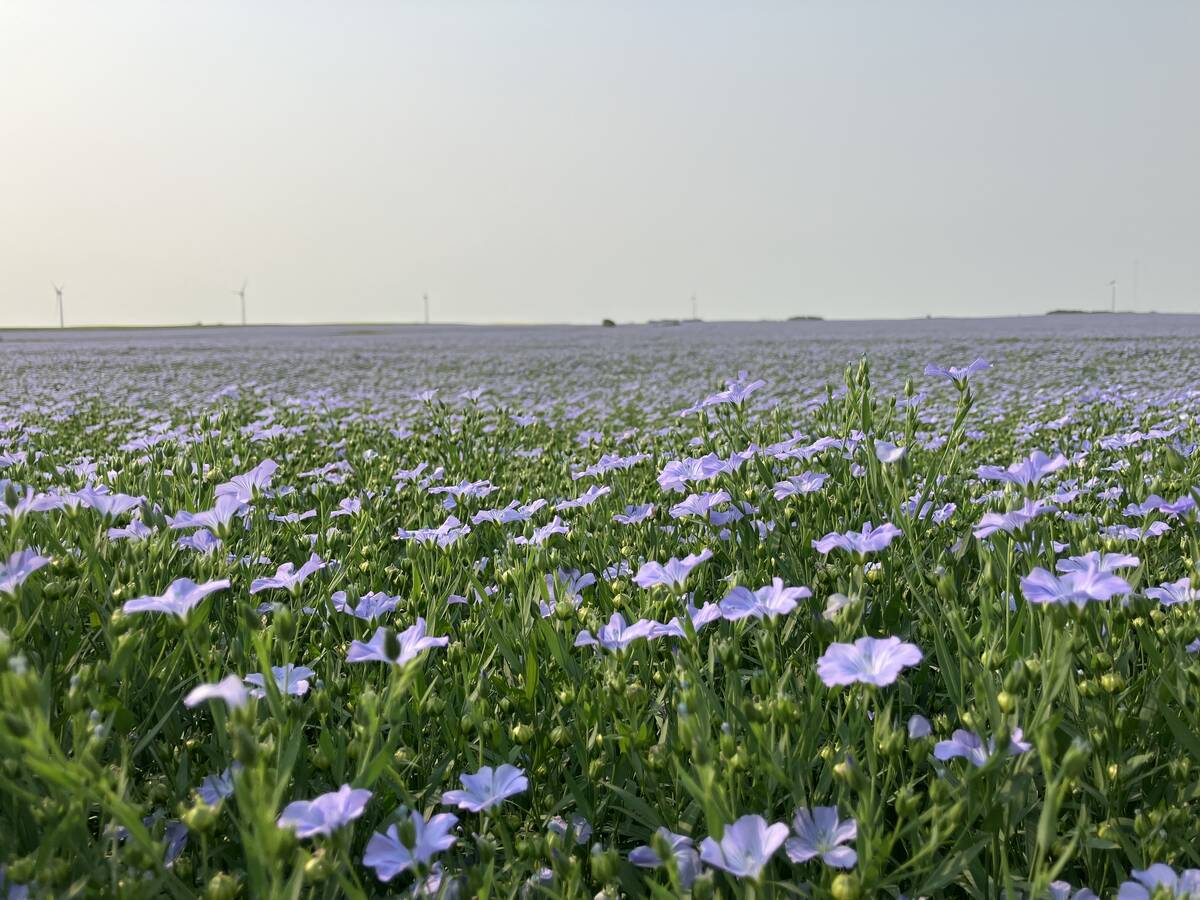New herbicide-tolerant flax varieties, and better sampling and testing methods to weed out genetically-modified (GM) flaxseed, are the goals in mind for almost $6 million in public funding.
Federal Ag Minister Gerry Ritz on Friday pledged $4 million from the federal Developing Innovative Agri-Products (DIAP) program for the Flax Council of Canada to finance production of herbicide-tolerant Canadian flax.
Speaking in Saskatoon, Ritz also announced $1.9 million from the Canadian Agricultural Adaptation Program (CAAP) for the council to work on sampling and testing methods to identify presence of GM flax in export shipments.
Read Also

‘A little bit of a resurgence for flax’
Flax is sitting in a good position following this year’s harvest, said Scott Shiels of Grain Millers Canada in Yorkton, Sask.
Results of such tests “will be used to assure global flax markets that Canada knows its crop and is in control of the quality of the flax delivered,” the government said in a release.
The CAAP funding is expected to “assist in the industry in responding to the challenges it is experiencing in the (European) marketplace,” council CEO Barry Hall said in the same release.
Hall was referring to countries which closed their ports to Canadian flax after a number of samples tested positive for markers of CDC Triffid.
Triffid, a GM flax variety that bred in Saskatchewan in the 1990s, was deregistered in 2001 and never commercialized, as the flax industry feared losing access to Europe if a GM flax were introduced.
Now, however, Triffid appears to have contaminated breeder seed of two conventional flax varieties, CDC Normandy and CDC Mons.
Unlike Triffid, which also was created for herbicide tolerance, any new varieties coming out of this round of DIAP-funded research are meant to be “accepted in all markets,” according to Hall.
“Increased genetic diversity of flax will give growers across Canada another sustainable oilseed crop option, in turn increasing crop yield for export to world markets,” the government said.
“Fortifying flax varieties to improve crop yield is extremely important in enhancing the Canadian flax industry’s long-term ability to supply world demand.”
Canada has been the world’s largest supplier of flax, having grown almost 50 per cent of the world supply and 80 per cent of world exports. In 2008, before Triffid popped up in Europe, Canada’s total flax exports had a farm gate value of $346 million.














